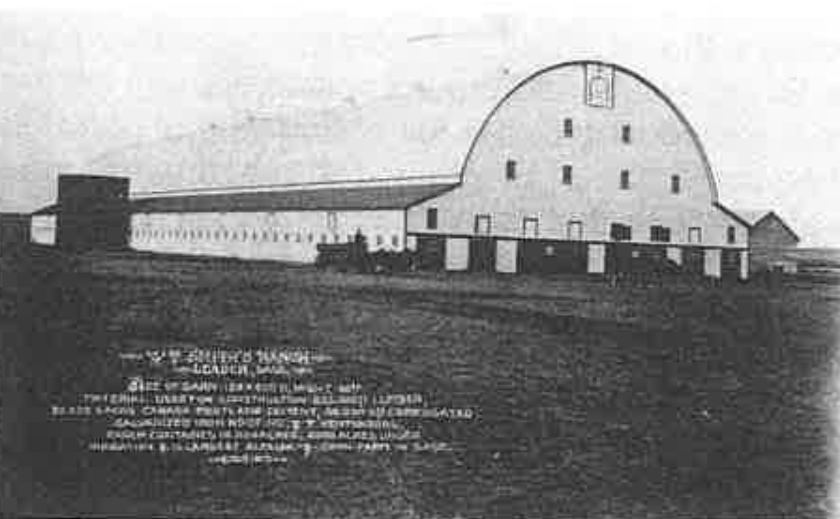Situated along the Saskatchewan River near Leader once stood the largest barn in North America.
The tale begins in 1868 when an ambitious young man from the Kentucky area settled in the Canadian prairies with a dream and a handful of horses.
William Theodore Smith and a friend arrived in the southwest with a horse each, searching for the perfect plot of land, and once found he quickly filed for his homestead.
As chronicled in the Town of Leader's local history book, his ranch quickly flourished, growing to encompass an impressive 10,000 acres of land with 5 per cent under irrigation.
After years of establishing the ranch with a lumber business, thousands of sheep, horses, cattle and mules, the next step was to build a barn. It wouldn’t take long for the farm building to gain quite a reputation.
In 1914, he turned his dream into reality with the help of 100 men who worked tirelessly for five months to construct the colossal structure.
The barn's foundation measured an impressive 128 feet in width and 400 feet in length, while the building itself soared to a height of 60 feet with three stories. The project consumed a staggering amount of resources, including 875,000 feet of lumber, 30,000 bags of cement and 60,000 feet of roofing.
As the finishing touches were applied, the barn became a focal point of celebration. People from all over southwest Saskatchewan, Alberta, and Montana gathered to witness its grandeur, marking the occasion with dancing, food, and music.
Tragically, the structure’s vibrant life was short-lived.
In 1918, W.T. Smith fell ill. Three years after his death, the ranch was taken over by a trust company which dismantled the famous barn, and its materials were sold to surrounding ranchers.
Today, all that remains of the Smith Ranch's legacy is the foundation of the building—a reminder of the grandeur that once graced the early days of the southwest prairies.














